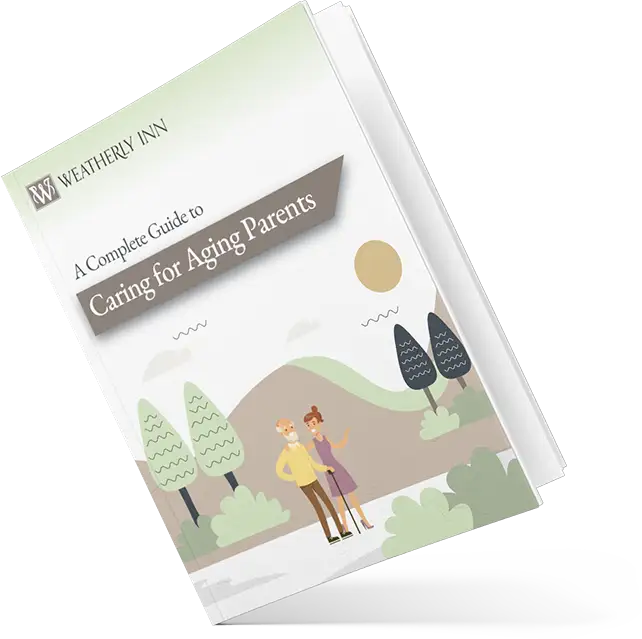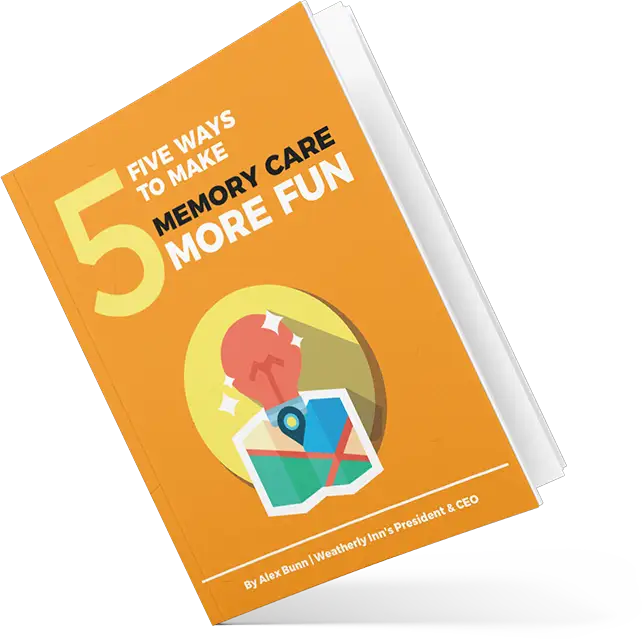April 24, 2019
For those with a loved one who might need some extra help and living alone no longer seems like the best option, it can be difficult to evaluate whether assisted living or in-home care would be the best option. Whether the need is high, such as assistance with activities of daily living (bathing, eating, medication management), or the need is low, such as companionship, daily check-ups, or help preparing meals, either care option may be best. Many considerations impact the decision. From access to medical professionals to opportunities for meaningful social interactions, there’s a lot to take into account.
One of the considerations is cost. Although no one likes to think that finances should affect the decision of which care services a loved one receives, the reality is that everyone’s needs should be taken into account, including the family members’ helping with the cost of care.
Let’s explore what factors affect the cost of assisted living versus in-home care, what to consider, and how to calculate the cost for each.
Factors that Affect the Cost of Assisted Living vs. In-Home Care
As you would expect, the cost of care itself is dependent on a variety of factors, including the type of care needed, the type of medical providers needed, and where you live.
1. Type of Care Needed
There are a variety of care and living options available for your family members as they age. A few include:
- Independent living
- Assisted living
- Nursing Home
- Skilled nursing
- Home care services
Independent and assisted living communities cater to older adults who can still mostly take care of themselves. They might need some help with things like dressing, toileting, or bathing, but overall aren’t in need of any regular medical services. These senior living options often have a 24/7 staff of nurses to assist residents and doctors who regularly check in with patients.
Nursing homes and skilled nursing care facilities are long-term care options for people who need regular medical attention. These residents often have lost mobility, may rely on a catheter or colostomy, or require other professional care throughout the day. It’s important to note that Medicare does not cover long-term stays in either of these communities.
In-home care is very flexible when it comes to the type of care that your loved one can receive — you can tailor care precisely as needed. Some families will opt to hire a home health aide who can stay with their loved one each day. Others might reach out to a care provider to have caregivers and nurses regularly check on their family members to ensure they are healthy and feeling well. The level of care you can accomplish with home health care options depends on your senior’s needs and your personal ability to provide care when the professionals leave for the day.
One of the biggest impacts on cost in any of these situations is the level of medical care your loved one needs. If they need access to skilled professionals, the cost will be higher than if he or she simply needs personal care and social services. It is also important to note, that senior livings such as Weatherly Inn, can provide an extreme high level of care if need be.
2. Types of Providers Needed
The cost of skilled professional care is dependent on the types of providers you need. For example, CNA (Certified Nursing Assistant) services are less expensive than LPN (Licensed Practical Nurse) services, which are less expensive than RN (Registered Nurse) services. “Private duty” CNA, LPN, and RN services are available to provide residential care, and costs will depend on how much help is needed and how frequently.
Being in an assisted living community with on-site CNAs, LPNs, and RNs serving other residents can help to reduce the direct costs of hiring these professionals. Plus, your loved one has access to full-time healthcare professionals in the event they need immediate or emergency care. Some communities even offer physical therapy sessions to help residents get back to their preferred lifestyle if an accident does happen.
3. Where You Live
Location affects pricing as well, for both options. Cost of living and availability of skilled professionals both have an impact. Some locations are more in-demand, creating higher costs, but at the same time, rural areas may have a shortage of skilled professionals, which also drives up costs.
The average monthly cost of senior care in Washington state and Idaho is just above the average for the country, reflecting their increased cost of living rates for all residents. Weatherly Inn has senior living options in Tacoma, Kent, and Renton that cater to a range of senior needs including independent living, assisted living, and memory care for Alzheimer’s and dementia patients.
Remember that although your family member may prefer to age in their own home, that isn’t always a safe option if they need significant medical care. Take your time researching and comparing costs before deciding what’s best for your loved one.
How to Calculate the Costs for Assisted Living vs. In-Home Care
While many variables affect the cost of care, if your loved one needs less than 40 hours of paid home care each week, then in-home care will probably be less expensive than assisted living. To find out which option is the most affordable, you’ll need to run some calculations.
Calculating the Cost of Assisted Living
Determining the cost of assisted living is fairly straightforward. Create a list of your loved one’s needs and then look at the assisted living community options in your local area to see their associated costs. On average, the monthly cost of assisted living is around $3,600. As mentioned before, however, location can be a big factor when determining price. Depending on where you live, you could pay as little as $2,500 or as much as $6,000 monthly.
Memory care needs raise the cost by another $1,000-$1,500 per month. Many communities offer a free assessment that will give you the exact cost of your loved one’s tailored care.
Calculating the Cost of In-Home Care
The cost of in-home care is a bit more complicated. You can get a rough estimate by multiplying the number of hours of care needed per month by the average costs of home care in your state.
For a more precise calculation, follow these steps:
- Estimate how many hours of care your loved one will need per month and then break down the amount into types (medical, personal, companionship).
- Determine who will be providing each type of care. Family and respite volunteers may help to provide personal care and companionship, or you may want to use paid care for all of it. You may also want to consider supplementing with adult day care or respite care programs which are less costly than private care. Day care programs are also an ideal opportunity for social interaction. For medical services, you’ll need private duty nursing services and/or other medical providers.
- Find out the cost of each type of care in your area and multiply each hourly rate by the number of hours estimated for each type of care per month. This information may require some digging, or you can use national averages for each type of care in your calculations.
- Add monthly living expenses to your total costs. In-home care has associated costs like mortgage or rent payments, food, TV, electricity, and other utilities that would come included in the monthly costs of an assisted living community.
This process will give you a more accurate estimate so you can compare the costs of assisted living vs. in-home care with greater confidence. If you find that the costs are similar in your area for the type and amount of care your loved one needs, you can then focus on other criteria.
If the costs are quite different and your family’s resources are limited, please know that quality of life can be found in both. If you need to rely on in-home care, you can get creative with ways to help meet your loved one’s needs, both medical and social. On the other hand, if assisted living is more affordable but your loved one wants to remain with family, there are many ways to make family a part of the assisted living community experience.
At Weatherly Inn, we strive to make each of our communities feel like home. With an array of amenities and high-quality care services, our residents experience a rich quality of life while receiving the care they need. If you’re interested in learning more about our care communities, schedule a tour today. While you’re visiting Weatherly Inn, we’ll also provide you with a complimentary assessment that can determine the level of care that might be best for you or your loved ones!



